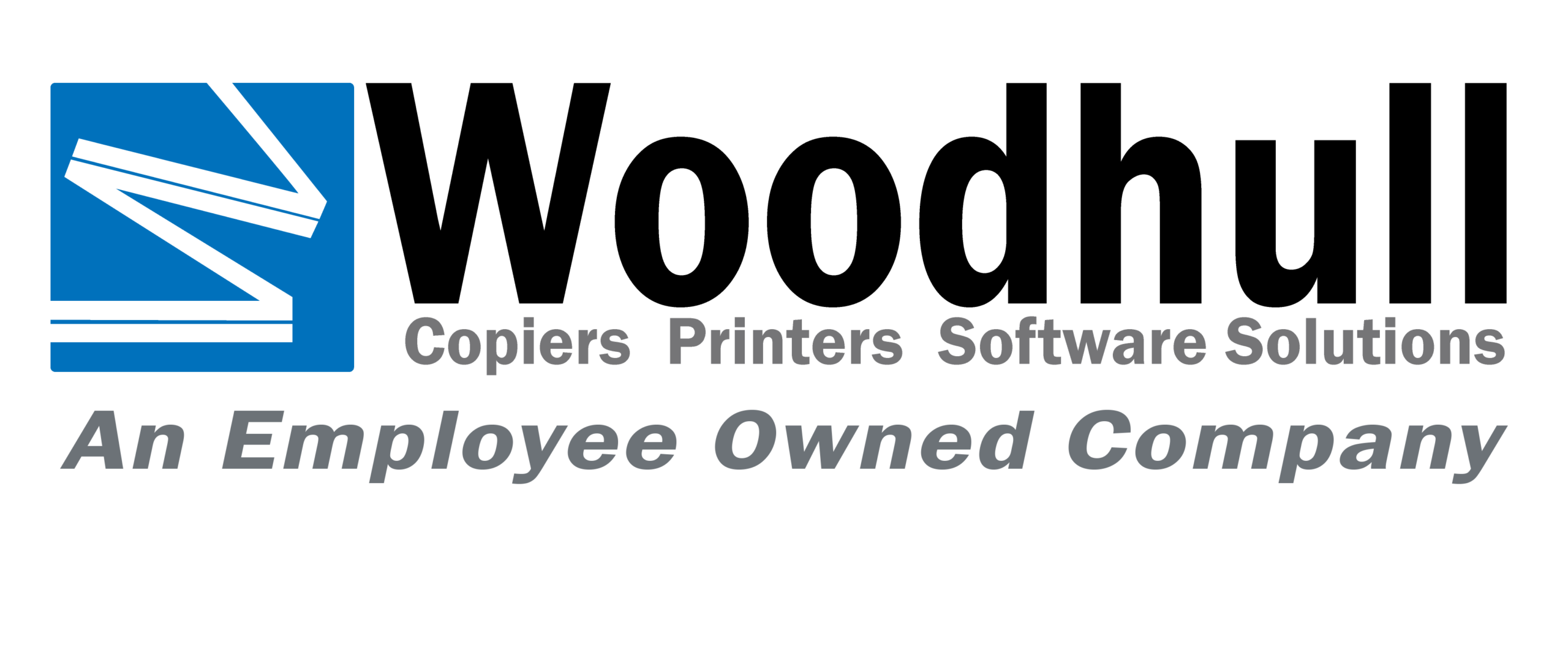Understanding the Role of Color Management in High-Quality Production Printing
In the world of high-quality production printing, color management plays a pivotal role. It is the unsung hero behind every vibrant print output that effectively communicates the desired message to the target audience. This article aims to provide a comprehensive understanding of the role of color management in high-quality production printing, its importance, challenges, and […]
Read Understanding the Role of Color Management in High-Quality Production Printing
